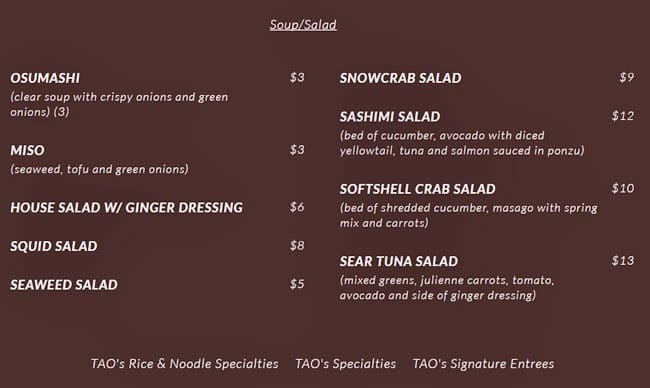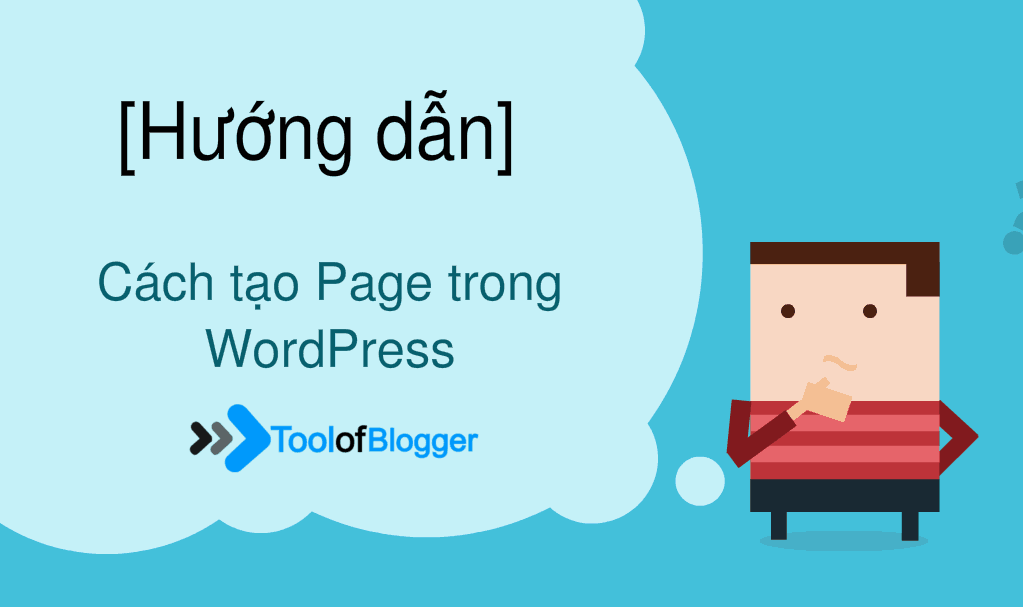
Understanding the page cycle helps in writing codes for making some specific thing happen at any stage of the page life cycle. Instantiation of the controls on the page

We will cover page directives and tracing under ‘directives’ and ‘error handling’. You can see the control tree by adding trace= “true” to the Page directive. All the components on the page, except the directives are part of this control tree. The Page class creates a hierarchical tree of all the controls on the page.
TAO MENU DOC TRONG WORDPRESS CODE
In other words, you can write your own code to override the default code. At each of this steps, methods and events are available, which could be overridden according to the need of the application.


When a page is requested, it is loaded into the server memory, processed and sent to the browser. Different events are raised by this class for processing the request. The request is processed by the HttpApplication class. the application objects: HttpContext, HttpRequest and HttpResponse are created and initialized.Īn instance of the HttpApplication object is created and assigned to the request. Top level items in the application are compiled. Browser sends this request to the web server.Ī unified pipeline receives the first request and the following events take place:Īn object of the ApplicationManager class is created.Īn object of the HostingEnvironment class is created to provide information regarding the resources. User makes a request for accessing application resource, a page. The application life cycle has the following stages: The ASP.Net life cycle could be divided into two groups: The application and its pages are instantiated and processed This should generate following result:ĪSP.Net processes pages to produce dynamic output Run the example either from Debug menu, or by pressing Ctrl-F5 or by right clicking on the design view and choosing ‘View in Browser’ from the popup menu. All you need to add is the Button1_Click routine, which is as follows: protected void Button1_Click(object sender, EventArgs e) The content file is automatically developed. Instead of typing the code, you can just drag the controls into the design view: Let us develop the same example using Visual Studio IDE. Open the file from the browser to run it and it should generate following result: Private void convertoupper(object sender, EventArgs e)Ĭopy this file to the web server’s root directory. The following code snippet provides a sample ASP.Net page explaining pafe directives, code section and page layout written in C#: It contains the server controls, text, inline JavaScript and HTML tags: The page layout provides the interface of the page. The page code could be precompiled and deployed in the form of a binary assembly. The code section or the code behind file provides all these event handler routines, and other functions used by the developer. How these events should be handled? That code is provided in the event handlers of the controls, which are nothing but functions bound to the controls. Now, these objects raises events when something happens on the user interface, like a user clicks a button or moves the cursor.

We mentioned that, ASP.Net follows an object model. The code section provides the handlers for the page and control events along with other functions required. We will discuss all of these concepts in due time. It allows importing namespaces, loading assemblies and registering new controls with custom tag names and namespace prefixes. Page directives specify how the page should be processed, and which assumptions are to be taken about the page. The directive defines page-specific attributes used by the ASP.Net page parser and compiler. The page directives set up the environments for the page to run. It is modular in nature and can be divided into the following core sections: When a page is run an instance of the page object is created along with all its content controls.Īn ASP.Net page is also a server side file saved with the. An ASP.Net page is an object of the Page Class or inherited from it.Īll the controls on the pages are also objects of the related control class inherited from a parent Control class. Sensitive data from the page and the states of different controls on the page are stored in hidden fields and forms the context of that page request.ĪSP.Net runtime controls all association between a page instance and its state. An ASP.Net page is made of number of server controls along with the HTML controls, text and images.


 0 kommentar(er)
0 kommentar(er)
